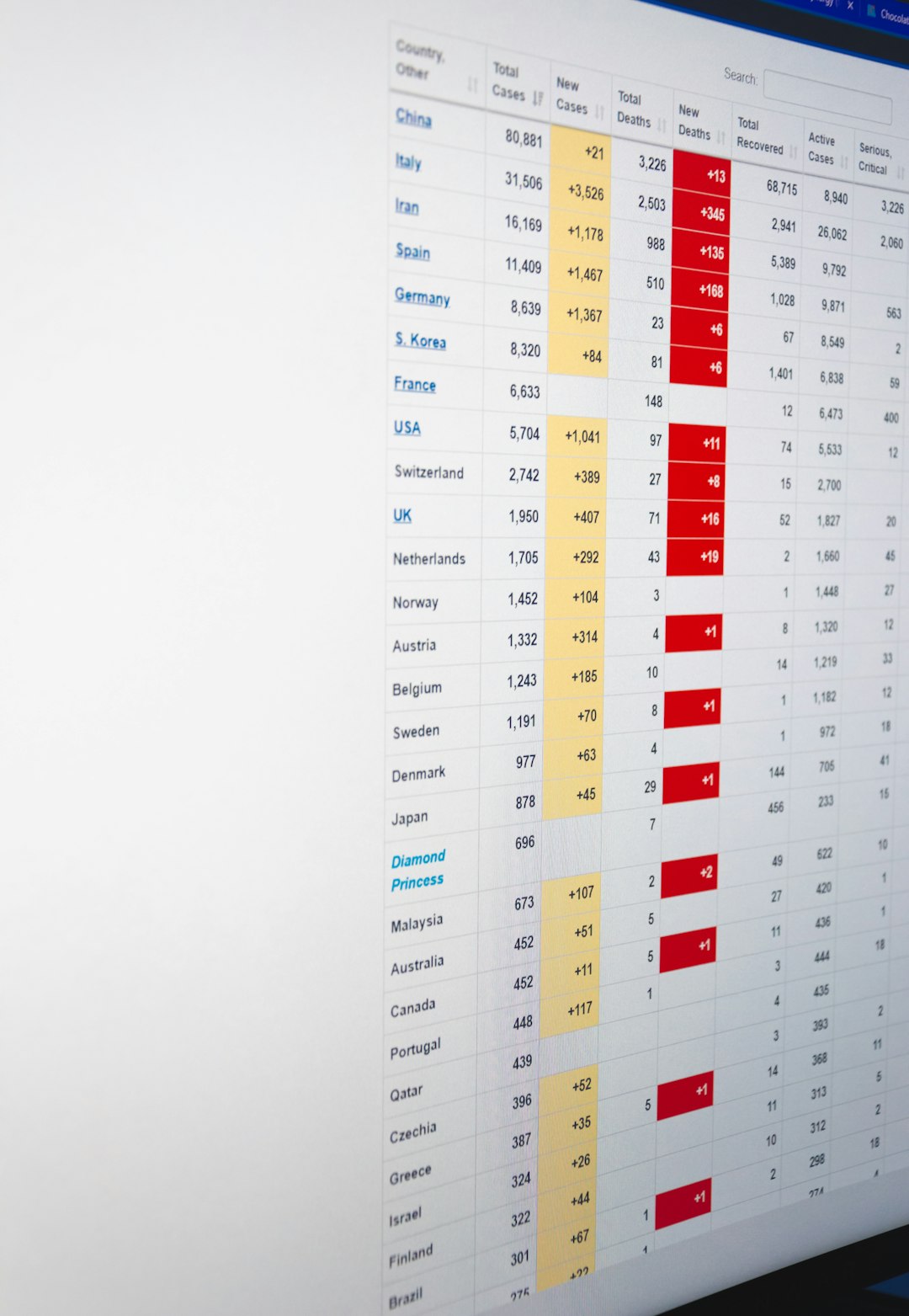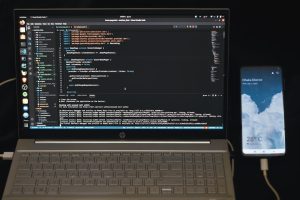
In an age where online performance and user experience are crucial, image optimization plays a vital role in web development. The WebP image format, developed by Google, is becoming increasingly popular due to its high compression efficiency without compromising image quality. Developers are continually looking for efficient ways to convert standard image formats like JPEG and PNG into WebP. Many programming languages offer solutions, but one that stands out for its performance and safety features is Rust.
Rust, a system-level programming language known for its zero-cost abstractions and memory safety guarantees, is particularly suited for performance-critical applications such as image processing. By using Rust, developers can build efficient and reliable CLI tools or backend services that convert images into the WebP format quickly and securely.
Why Choose Rust for Image Conversion?
Rust’s strengths shine in scenarios involving:
- High performance: Rust is compiled to native code, making it faster than interpreted or JIT-compiled languages.
- Memory safety: Rust guarantees safety without a garbage collector, reducing the chances of memory leaks or crashes.
- Great concurrency support: Rust’s ownership model makes multithreaded programming safer and more accessible.
These characteristics make Rust an excellent choice for building tools like image converters where performance is vital and managing large files is common.
Setting Up the Rust Development Environment
Before building an image converter in Rust, one must first set up the Rust environment.
- Install Rust using the official installer:
curl https://sh.rustup.rs -sSf | sh - Verify the installation:
rustc --version - Create a new project:
cargo new image_to_webp - Enter the project directory:
cd image_to_webp
Next, a few dependencies are needed to handle images and support the WebP format.
Dependencies and Crates
To begin, include the following crates in your Cargo.toml file:
[dependencies] image = "0.24.6" webp = "0.1.3"
The image crate offers decoding capability for various image formats such as PNG, JPEG, BMP, and more. The webp crate allows encoding and writing WebP files with ease.
Building the Converter
The core logic of the converter involves reading an image file, decoding it into a raw image buffer, encoding it into WebP format, and then saving it. Here’s a simplified version of how the main function would look:
use std::fs::File;
use std::path::Path;
use image::io::Reader as ImageReader;
use webp::Encoder;
fn main() {
let input_path = "input.jpg";
let output_path = "output.webp";
let img = ImageReader::open(input_path)
.expect("Failed to open image")
.decode()
.expect("Failed to decode image");
let rgba = img.to_rgba8();
let width = rgba.width();
let height = rgba.height();
let encoder = Encoder::from_rgba(&rgba, width, height);
let webp_data = encoder.encode(75.0); // quality param
std::fs::write(output_path, &*webp_data).expect("Unable to write webp file");
}
This basic implementation is sufficient for converting a single image. It demonstrates the simplicity of using Rust to deliver optimized performance with minimal overhead.

Improving the CLI and Extending Functionality
To make the tool more user-friendly, consider adding CLI parsing using the clap crate:
[dependencies]
clap = { version = "4.0", features = ["derive"] }
This allows users to specify input and output files via command-line arguments:
use clap::Parser;
#[derive(Parser)]
struct Args {
#[arg(short, long)]
input: String,
#[arg(short, long)]
output: String,
#[arg(short, long, default_value_t = 75.0)]
quality: f32,
}
Now your tool can be run as:
cargo run -- --input photo.jpg --output photo.webp --quality 80
Support for batch processing or automatic directory traversal could also be added using std::fs::read_dir and filters. This allows entire folders of images to be easily converted.
Tuning the Conversion Settings
One of the key parameters for WebP is the compression quality level, typically ranging from 0 (lowest quality, highest compression) to 100 (lossless or very high quality). Rust makes it simple to adjust this with the encoder.encode(quality) function.
For those who need lossless compression, the webp crate supports it via:
let webp_data = encoder.encode_lossless();
While lossless offers better fidelity, it often results in larger file sizes. Developers should test different settings based on their use case, whether that’s web performance, storage, or visual clarity.
Performance Benchmarking
Rust native performance gives it a clear edge in batch or large image conversions. Benchmarking tools like cargo bench or external crates like criterion can be used to measure speed and memory consumption.
Compared to equivalent tools in Python or JavaScript, Rust consistently provides:
- Faster execution time.
- Lower memory footprint.
- Fewer dependencies due to being closer to the metal.

Common Pitfalls and Debugging
While using Rust for image processing is powerful, beginners might run into a few common issues:
- Image decoding failures: Always check if the image format is supported by the image crate.
- Permission errors: Ensure write access to the output path.
- Encoding errors: Validate that your buffer dimensions and pixel data are correctly passed to the encoder.
Fortunately, Rust’s robust compiler messages and error handling using Result types make debugging relatively pain-free. Adding logs or using crates like log and env_logger can further assist in identifying issues.
Conclusion
Rust is a compelling choice for converting images into the WebP format. Its speed, safety, and modern toolchain make it ideal for building fast and efficient tools. Whether creating a personal CLI tool or integrating image optimization into a larger web service, Rust has the ecosystem and performance to get the job done right.
With small libraries, easy CLI integration, and powerful encoding support, developers can take control of their image optimization processes and ensure top-tier web performance.
FAQs
- Q: Can Rust convert all image formats into WebP?
A: Rust’simagecrate supports common formats like JPG, PNG, and BMP. However, less common formats like TIFF may require additional crates. - Q: Is it possible to do lossless WebP compression in Rust?
A: Yes, thewebpcrate supports both lossy (encode) and lossless (encode_lossless) compression methods. - Q: How does the performance compare with tools like ImageMagick?
A: Rust can often outperform higher-level libraries due to its system-level efficiency, especially in headless or server-side environments. - Q: Can I use this Rust tool inside a web server?
A: Absolutely. The image conversion logic can be compiled into a WebAssembly module or integrated into backend services using frameworks like Actix or Rocket. - Q: Does WebP support transparency?
A: Yes, the WebP format supports alpha channels, making it suitable for images with transparency such as PNGs.






